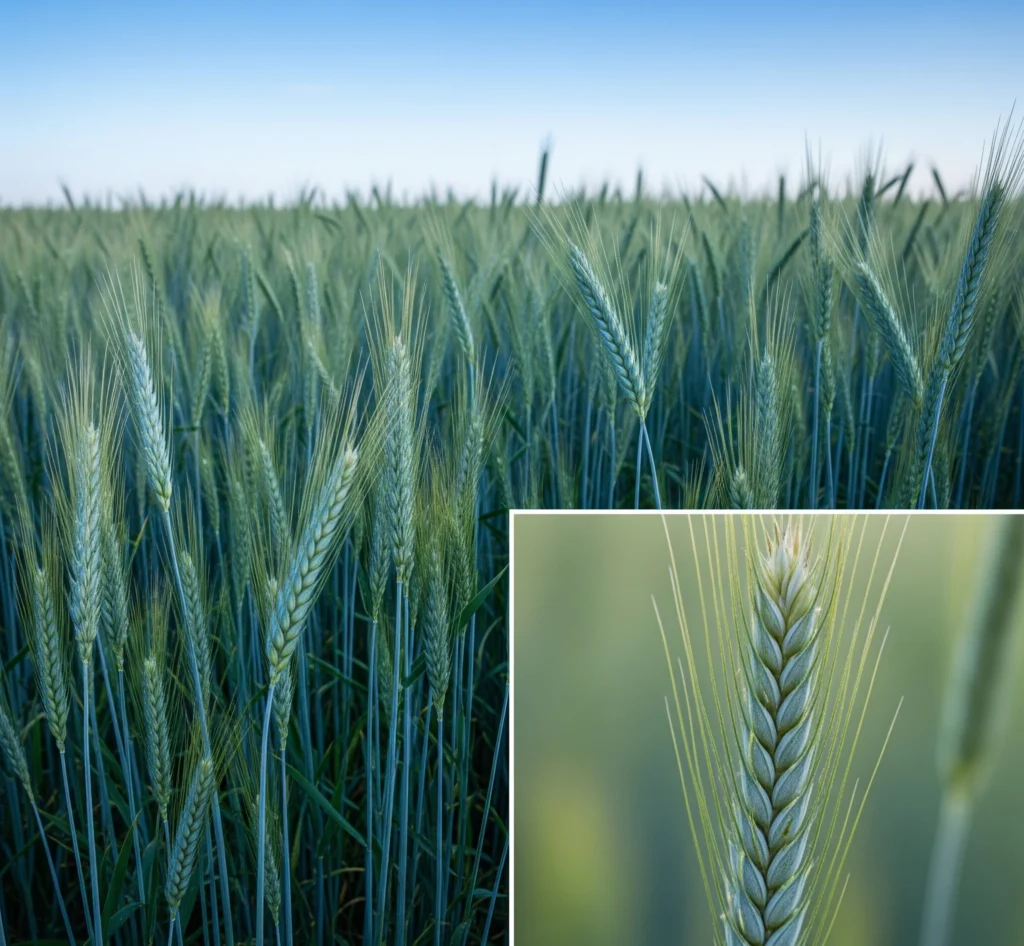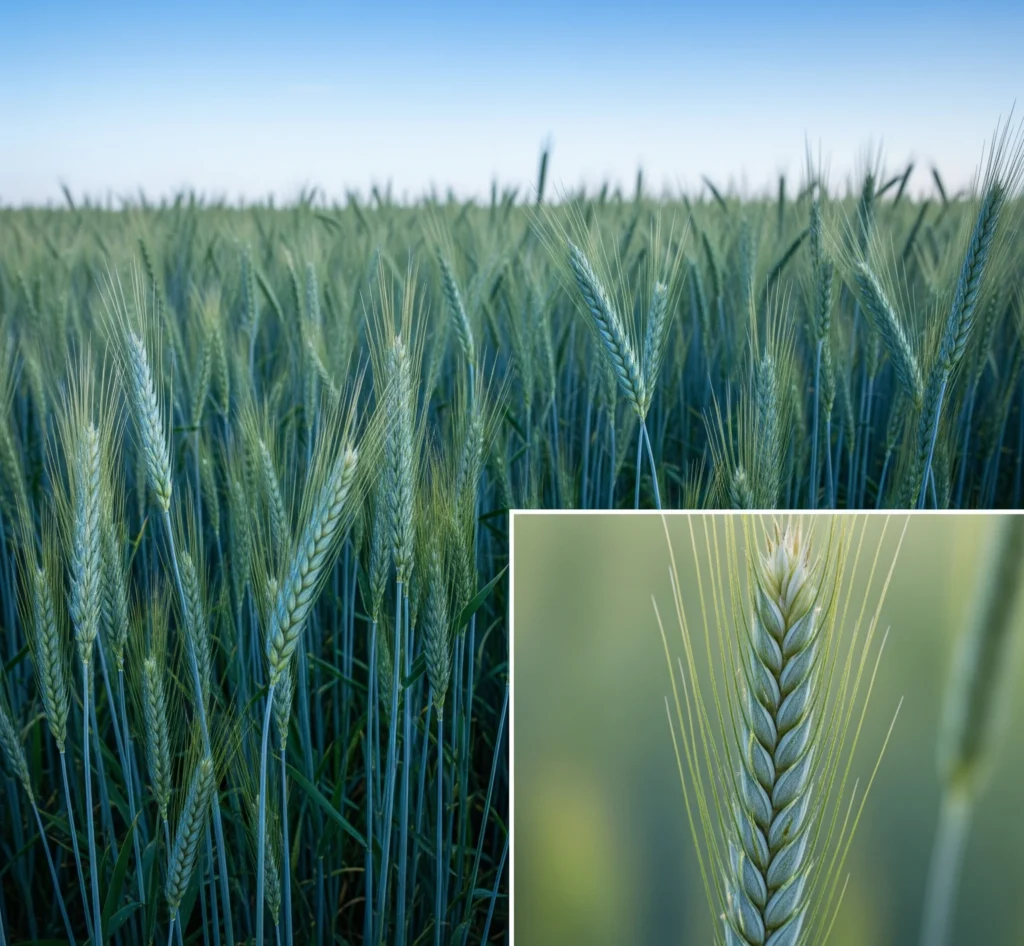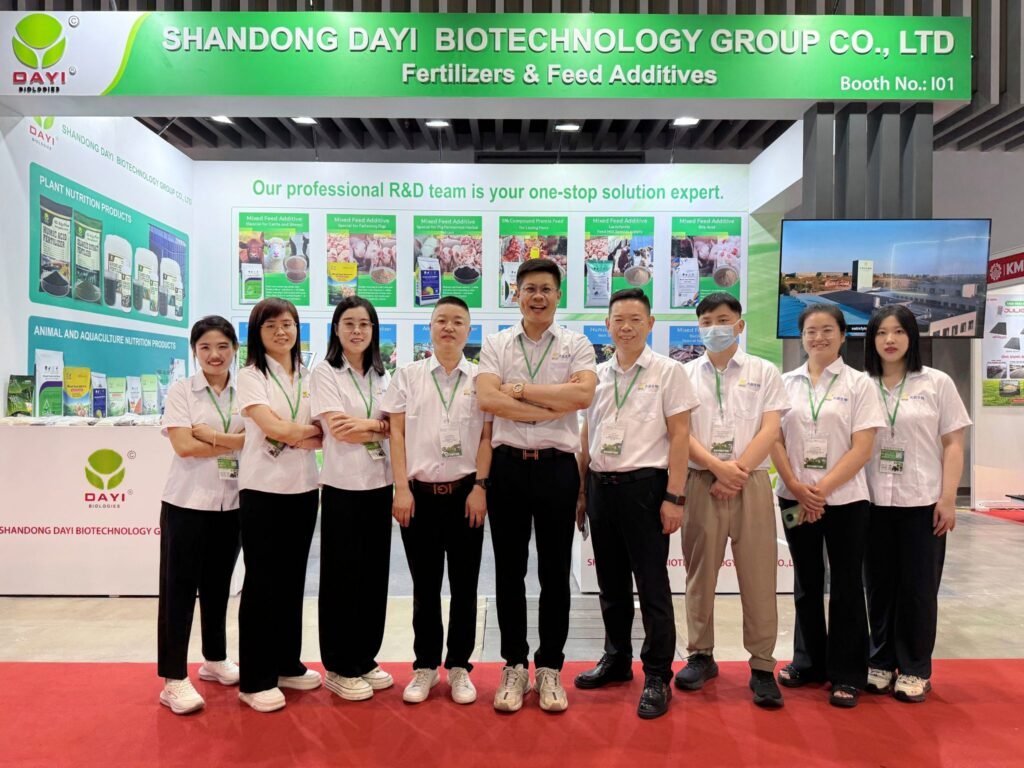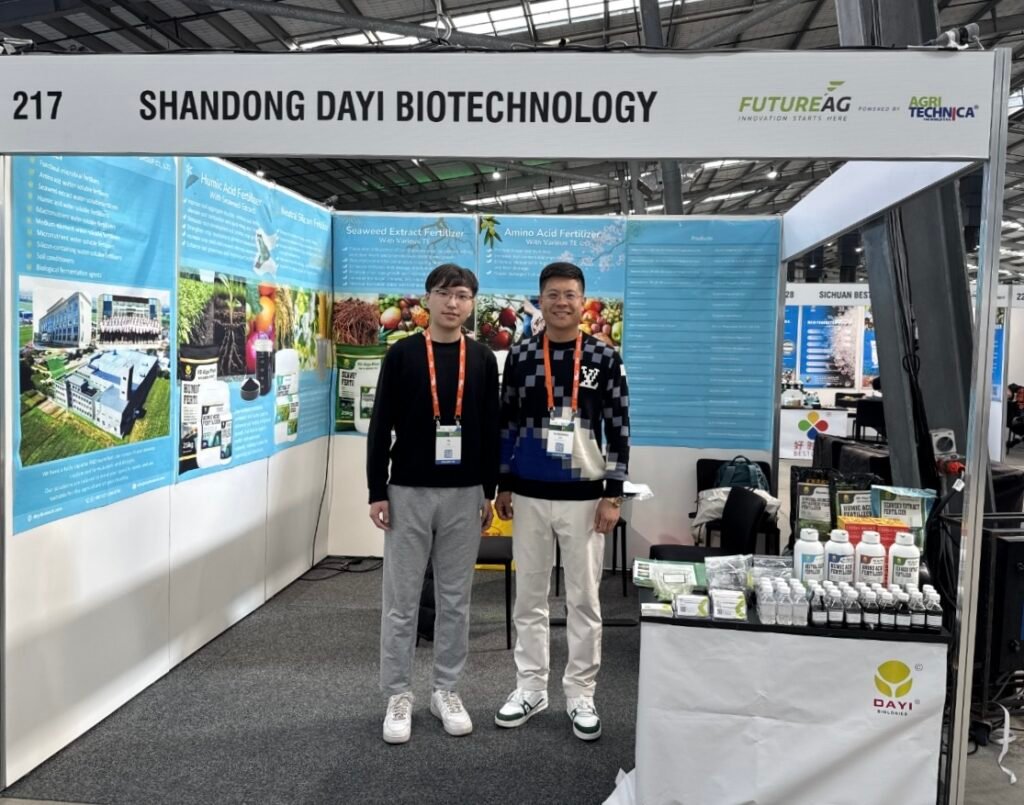Rye, a cereal grain often overlooked in favor of wheat or corn, is a champion of resilience and adaptability. Known for its exceptional hardiness, cold tolerance, and ability to thrive in challenging soil conditions, rye (Secale cereale) holds significant importance in agriculture globally. From its use in distinctive breads and spirits to its invaluable role as an animal feed, cover crop, and green manure, rye’s versatility is unmatched. This comprehensive guide will illuminate the essentials of successful rye cultivation, covering optimal growing conditions, effective protection strategies, and general care, while highlighting how advanced plant nutrition can amplify its natural strengths for bountiful and consistent harvests.
Understanding Rye: The Hardy Survivor
Rye is a member of the Triticeae family, closely related to wheat and barley, but boasts superior cold hardiness and tolerance to poorer soils. It is primarily a winter cereal, meaning it is planted in the autumn and requires a period of cold temperatures (vernalization) to produce grain. Key uses include:
- Human Consumption: Most famously for dense, nutritious rye bread and pumpernickel.
- Animal Feed: A good source of energy for livestock.
- Distilled Spirits: Used in the production of rye whisky and some vodkas.
- Cover Crop/Green Manure: Widely valued for its ability to prevent erosion, suppress weeds, add organic matter, and scavenge nutrients from the soil.
- Forage: Can be grazed or cut for hay.
Cultivation Essentials: Laying the Foundation for Success
- Best Planting Time: Rye is predominantly grown as a winter cereal. The ideal planting window is typically in late summer to early fall (August to October in the Northern Hemisphere). This allows the plants to establish a strong root system before winter dormancy, providing robust growth when temperatures rise in spring. While spring rye varieties exist, they are less common and generally yield lower than winter rye.
- Suitable Soil and Weather Conditions:
- Soil: Rye is remarkably adaptable and can grow on a wider range of soils than most other cereals. It performs exceptionally well on poor, sandy, acidic, and low-fertility soils where other crops would struggle. While it prefers well-drained loamy soils, its tolerance for less-than-ideal conditions is a significant advantage. An optimal soil pH generally ranges from 5.0 to 7.0, though it can tolerate more acidic conditions.
- Weather:
- Rye is the most winter-hardy of all cereal grains, capable of surviving extremely cold temperatures.
- It is a cool-season crop, thriving in cool to moderate temperatures during its active growth phases.
- Its ability to grow in shorter, cooler growing seasons and withstand late spring frosts makes it suitable for northern climates.
- Rye’s extensive root system also contributes to its excellent drought tolerance.
- General Precautions for Healthy Growth:
- Seeding Depth: Avoid planting too deeply, as this can hinder emergence.
- Planting Density: While rye can tiller extensively, manage planting density to ensure proper light penetration and air circulation.
- Drainage: Although tolerant of diverse soils, good drainage is always beneficial to prevent root issues.
- Ergot Monitoring: For grain production, be vigilant about ergot, a fungal disease that affects rye heads and can produce toxic alkaloids. Use clean seed.
Protecting Your Rye: Threats and Strategies
Despite its robustness, rye can still be affected by certain pests and diseases. Proactive management is key to maintaining crop health and maximizing yields.
- Pests:
- Cereal Leaf Beetle: Feeds on leaves, reducing photosynthetic area.
- Aphids: Can cause direct damage and transmit viruses like Barley Yellow Dwarf Virus (BYDV).
- Hessian Fly: Larvae feed on plant stems, causing stunted growth.
- Protection: Utilize resistant rye varieties where available, implement cultural practices like timely planting and crop rotation, encourage natural predators, and apply targeted insecticides only when scouting indicates economic thresholds have been met.
- Diseases (Primarily Fungal):
- Ergot: (Claviceps purpurea) The most significant disease for rye grain, replacing kernels with toxic fungal bodies.
- Powdery Mildew: White, powdery growth on leaves.
- Rusts (Stem, Leaf, Stripe): Can reduce yield and plant vigor.
- Snow Mold: Can affect winter rye under prolonged snow cover.
- Protection: For ergot, use clean, certified seed, deep plow to bury sclerotia, and practice crop rotation. For other fungal diseases, resistant varieties, crop rotation, and judicious fungicide applications may be beneficial.
- Viral Diseases:
- Barley Yellow Dwarf Virus (BYDV): Transmitted by aphids, causing yellowing and stunting.
- Protection: Plant BYDV-resistant rye varieties and control aphid populations in and around the field.
General Care for Thriving Rye
- Nutrient Management: Rye is known for its efficiency in nutrient scavenging and can perform well on less fertile soils. However, it still responds positively to balanced fertilization. Conduct soil tests to determine the precise requirements for Nitrogen (N), Phosphorus (P), and Potassium (K). Apply nitrogen strategically to support vigorous growth without causing lodging.
- Water Management: Rye’s deep and extensive root system makes it relatively drought-tolerant. While it can produce a crop with limited moisture, consistent moisture during critical growth stages (especially heading and grain fill) will lead to higher yields.
- Weed Control: Rye is highly competitive against weeds due to its rapid and vigorous early growth, making it an excellent natural weed suppressor, particularly when used as a cover crop. Nevertheless, address any significant weed pressure early in the season.
- Monitoring: Regular field inspections are crucial for early detection of any nutrient deficiencies, pest infestations, or disease symptoms, especially for ergot. Prompt identification allows for timely and effective interventions.
- Harvesting: Harvest rye when the grain is physiologically mature, dry, and hard, typically at a moisture content of 13-14%. Timely harvest minimizes losses from shattering and ensures optimal grain quality for storage or processing.
Best Countries for Rye Cultivation: Rye is predominantly grown in Eastern and Northern Europe. Leading producers include:
- Russia
- Poland
- Germany
- Belarus
- Ukraine
- China
- Turkey
- Canada
- United States
- Denmark
Dayi’s Solution: Optimizing Rye Nutrition with Humic Acid + Seaweed Extract
At Shandong Dayi Biotechnology Group Co., Ltd., we are committed to enhancing the natural resilience and productivity of rye crops. Our Humic Acid Fertilizer (With Seaweed Extract) provides a powerful nutritional advantage that directly supports rye’s ability to thrive in challenging conditions. The humic acid component significantly improves soil structure, enhancing its capacity to retain water and making essential nutrients more available, which is particularly beneficial in the marginal or less fertile soils where rye often excels. It also stimulates beneficial microbial activity in the soil, fostering a vigorous and extensive root system that enables rye to scavenge for nutrients and water even more efficiently. Complementing this, the seaweed extract delivers a rich blend of natural plant growth hormones (auxins, cytokinins, gibberellins), vital trace minerals, and amino acids. These bioactive compounds dramatically boost rye’s already impressive stress tolerance to cold, drought, and poor soil conditions. They also promote vigorous early growth, increased tillering, and overall plant resilience, leading to stronger plants and more robust head development. The synergistic action of these ingredients ensures that rye plants maximize their inherent hardiness, optimize nutrient uptake, enhance their competitive advantage against weeds, and ultimately produce better, more consistent yields of high-quality grain.
Leveraging our advanced “Microbial+” technology and unwavering commitment to sustainable solutions, Shandong Dayi Biotechnology Group Co., Ltd. is at the forefront of innovation in plant protection, empowering farmers to achieve more bountiful and healthy harvests.




